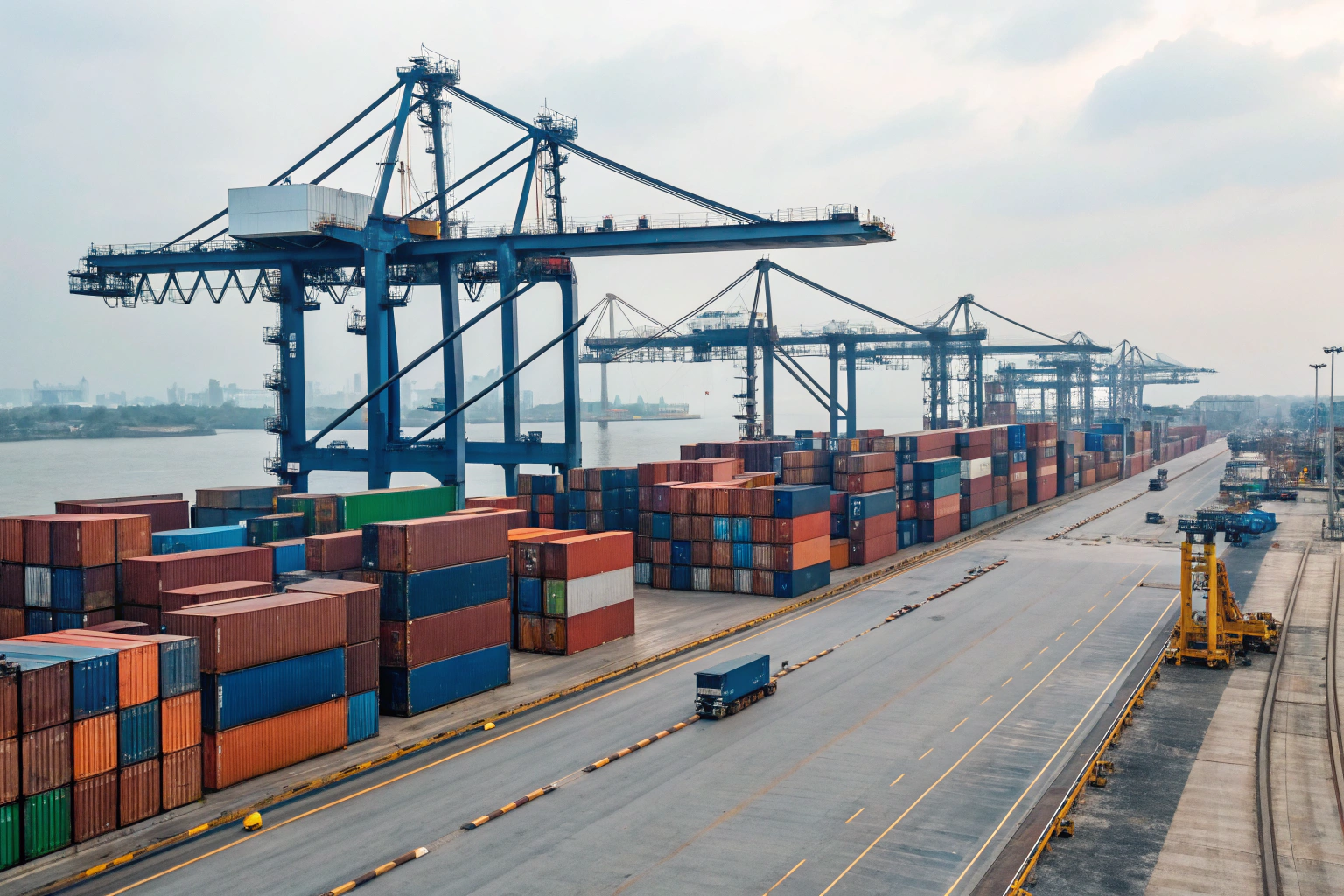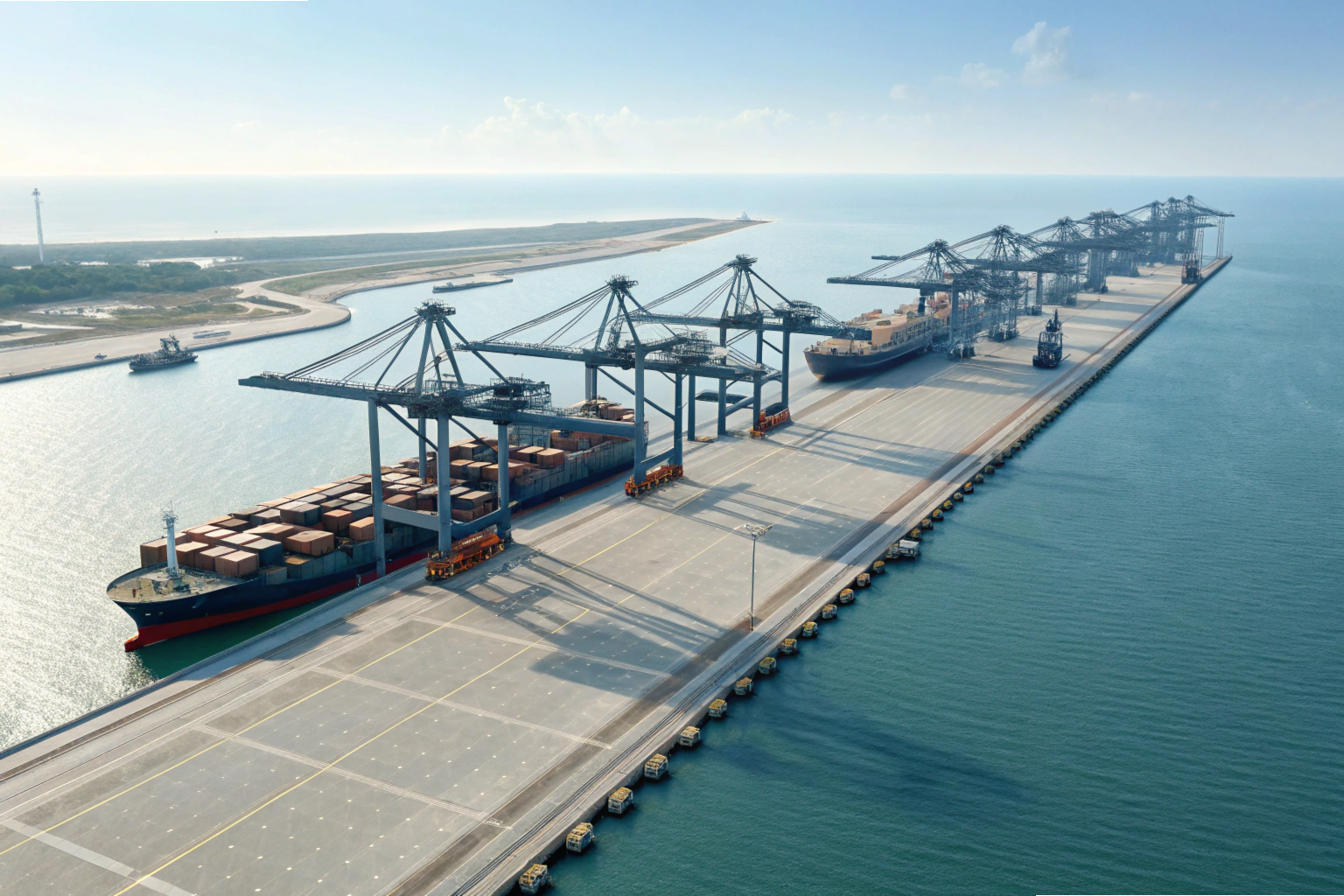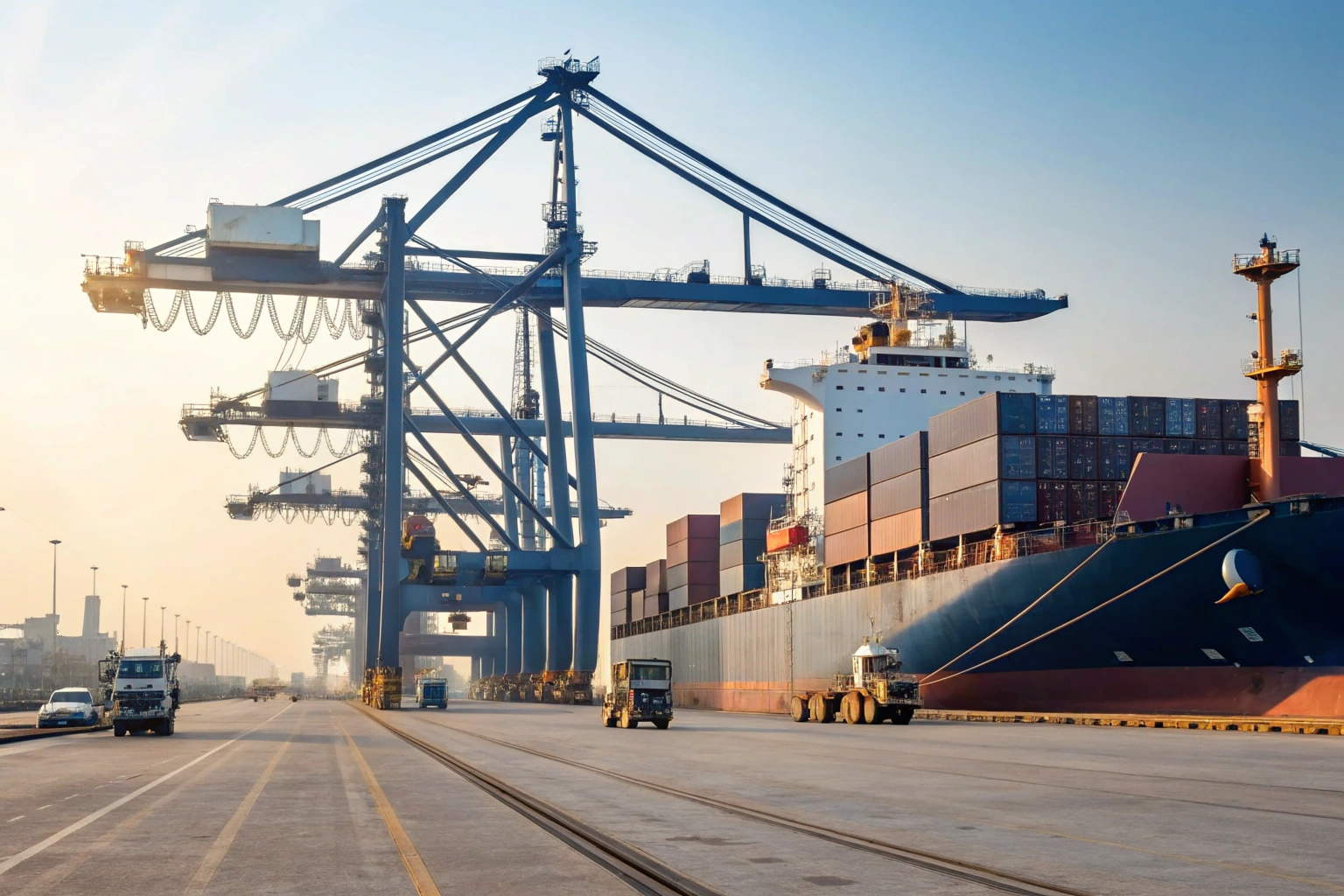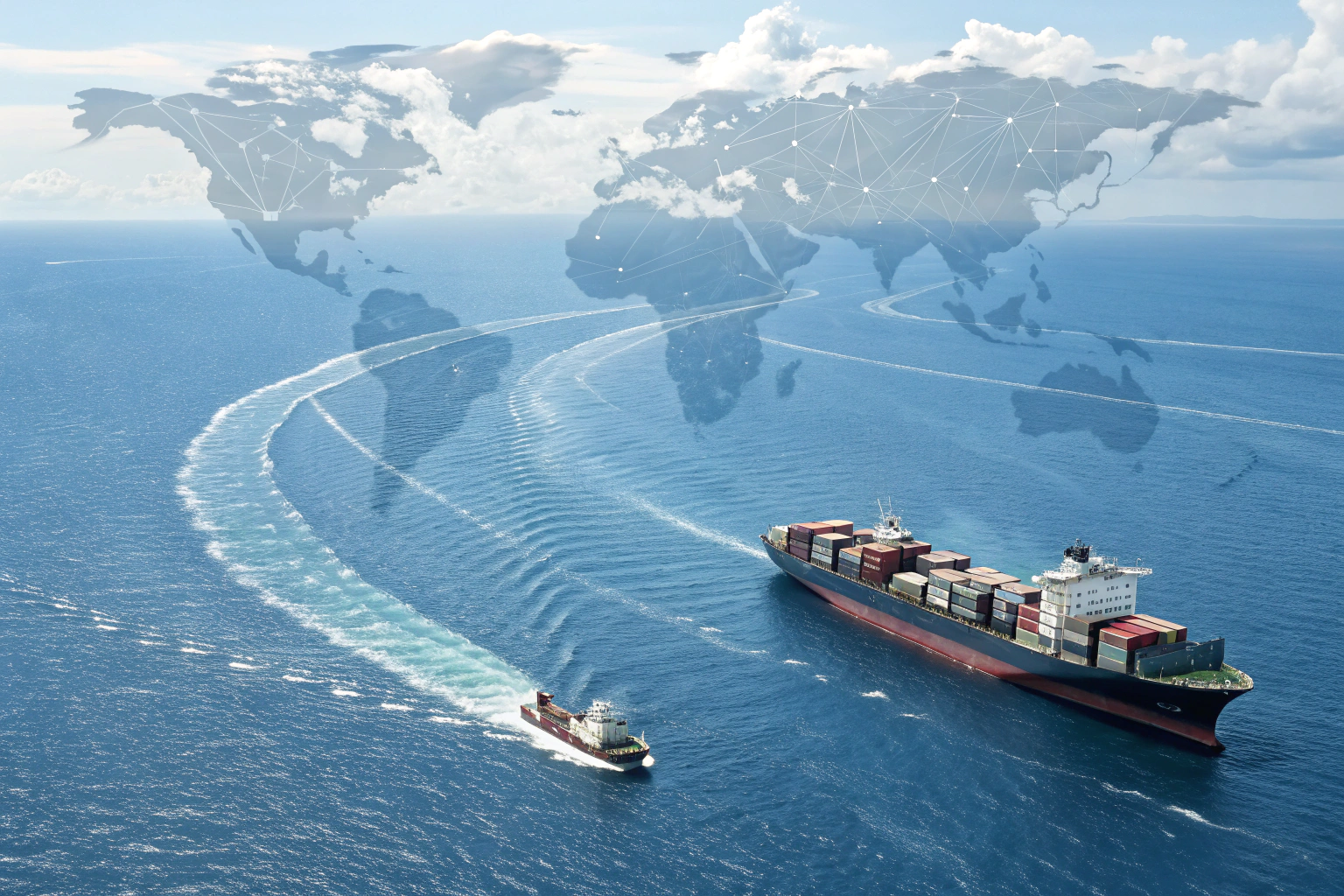
When I first started importing custom metal parts from Vietnam, the biggest surprise was how much the choice of port affects not just cost—but speed and reliability too.
The most commonly used ports for importing custom metal parts from Vietnam are Hai Phong 1 in the north and Cai Mep–Thi Vai 2 or Cat Lai 3 in the south. Da Nang 4 is also used when sourcing from central Vietnam.
If your supply chain ever got delayed at port, or if you had to consolidate shipments from multiple suppliers, then knowing which port to choose—and why—can help you avoid major headaches.
What’s the difference between Cai Mep and Cat Lai ports?
I used to assume all southern ports in Vietnam were the same—until I had one shipment held up for days due to congestion at Cat Lai.
Cai Mep is a deepwater port that can handle ultra-large vessels and bulk shipments, while Cat Lai is more centrally located in Ho Chi Minh City but often suffers from congestion.

Let’s break this down in detail:
Port Comparison Table
| Feature | Cai Mep–Thi Vai | Cat Lai (Ho Chi Minh City) |
|---|---|---|
| Location | Ba Ria–Vung Tau | Ho Chi Minh City |
| Vessel Capacity | Up to 200,000 DWT | Medium vessels |
| Congestion | Low | High |
| Proximity to factories | 50–70 km from HCMC industrial zones | Within HCMC |
| Handling time | Faster for large ships | Slower due to traffic |
| Best for | Heavy shipments, bulk cargo | Frequent shipments, multiple suppliers |
Which Should You Choose?
If your factory is located close to Ho Chi Minh City, and your shipment is not overly bulky or time-sensitive, Cat Lai may save on inland transport. However, if your parts are heavy, large, or need to move faster on water, Cai Mep is often the better choice—even if inland trucking costs a bit more.
Is Hai Phong Port efficient for U.S.-bound shipments?
When one of my northern suppliers recommended shipping from Hai Phong, I was skeptical—until the cargo actually reached Los Angeles faster than expected.
Hai Phong is an efficient port for U.S.-bound shipments, especially with new express sea routes 5 that can reach the U.S. West Coast in as little as 17–20 days.

What Makes Hai Phong Efficient?
Hai Phong has been upgrading rapidly, including:
- Lach Huyen deep-sea terminal 6 for large vessels.
- New ZIM express routes: Hai Phong → Los Angeles in \~17–20 days.
- Strategic proximity to Hanoi and Bac Ninh factories 7.
But it’s not perfect. Some older terminals still suffer from:
- Traffic bottlenecks in connecting roadways.
- Delays during high-volume seasons.
- Limited barge networks compared to southern ports.
Still, for northern Vietnam sourcing, Hai Phong offers speed, and avoids the need for long inland trucking to the south.
How do shipping times vary by departure port in Vietnam?
I’ve seen shipments from different ports arrive weeks apart, even though they left Vietnam only days apart. The difference is in the route.
Shipping times vary significantly by port, vessel type, and U.S. destination—ranging from 17 to 35 days port-to-port depending on factors like express service, congestion, or transshipment 8.

Typical Transit Times by Port
| Departure Port | Destination | Port-to-Port Transit | Door-to-Door (Est.) |
|---|---|---|---|
| Hai Phong | Los Angeles | 17–20 days (express) | 24–29 days |
| Cat Lai | Los Angeles | 24–30 days | 30–35 days |
| Cai Mep | Oakland/LA | 20–26 days | 28–34 days |
| Da Nang | East Coast | 32–38 days | 40+ days |
Why the Differences?
- Hai Phong has access to express routes like ZIM ZEX, which avoid transshipment.
- Cat Lai often faces congestion and longer processing times.
- Cai Mep allows larger vessels, so bulk shipments may actually move faster despite being further inland.
- Da Nang, being smaller, can take longer especially for LCL shipments that require consolidation in HCMC.
Which port is best for shipping to the U.S. West Coast?
My largest U.S. customer is based in California, so I had to get this part right. One wrong move, and we’d face expensive air freight to make up for lost time.
Cai Mep is the best port in Vietnam for shipping to the U.S. West Coast if you prioritize sea leg speed and large-volume shipments. For smaller shipments or suppliers near Ho Chi Minh City, Cat Lai is still common.

West Coast Port Strategy Table
| Criteria | Best Choice | Reason |
|---|---|---|
| Fastest Sea Route | Cai Mep | Deep water, fewer transshipments |
| Best for Factory Near HCMC | Cat Lai | Lower inland cost |
| Most Efficient in North | Hai Phong | Express service options |
| Best for Central VN | Da Nang | Avoids cross-country trucking |
Final Tip
If your U.S. receiver is in California (Los Angeles, Oakland, Long Beach), use Cai Mep for full container loads and Cat Lai for consolidated LCL—but only if your supplier is in or near HCMC. For northern production, stick with Hai Phong and book express service if available.
Conclusion
Choosing the right port in Vietnam depends on where your supplier is, how fast you need delivery, and how heavy your shipment is. Don’t leave this decision to chance.
Footnotes
1. Hai Phong Port overview from Vietnam Ports Association. ↩︎
2. Cai Mep–Thi Vai international deepwater port details. ↩︎
3. Cat Lai terminal information from Saigon Newport. ↩︎
4. Da Nang Port official website for central Vietnam trade. ↩︎
5. ZIM express service details for faster Vietnam–US shipping. ↩︎
6. Lach Huyen international terminal upgrade information. ↩︎
7. Hanoi and Bac Ninh as key manufacturing hubs. ↩︎
8. Explanation of transshipment in global freight shipping. ↩︎
9. U.S. West Coast ports guide: Los Angeles, Oakland, Long Beach. ↩︎
10. Vietnam shipping times comparison by port and service type. ↩︎

